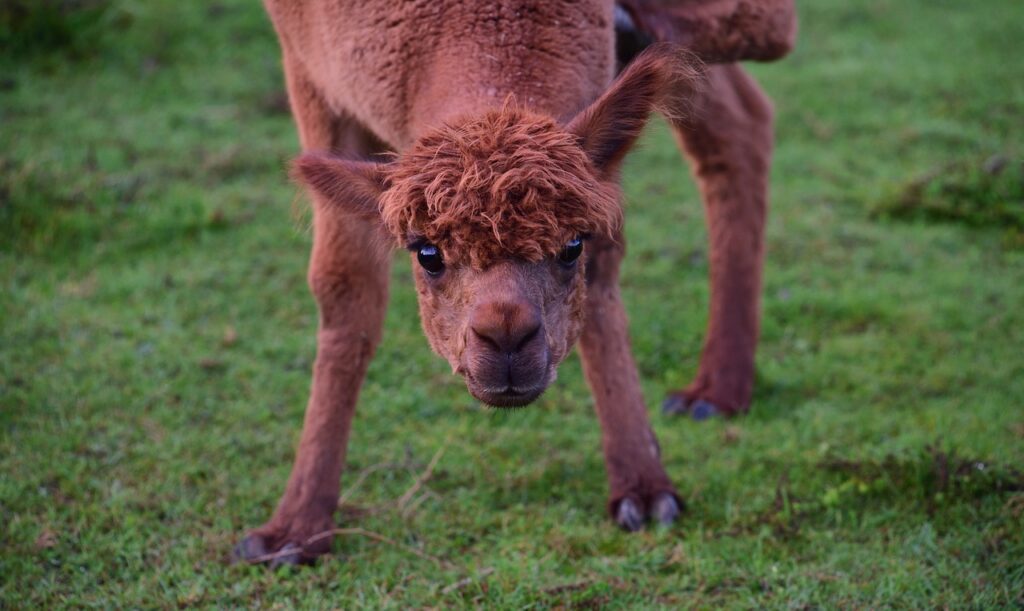Alpacas are becoming more common in our surroundings. Although these furry creatures are getting increasingly popular, we often don’t realise how interesting they really are.
Below are 10 facts about alpacas that you may not have heard of before. Let me know in the comments if any of them surprised you
Alpacas, along with llamas and camels, are pseudo-ruminants, which means that they have a three-compartment stomach, but they lack the fourth compartment, the true stomach or abomasum, found in ruminants such as cows and sheep. So, alpacas do not have a four-chambered stomach, but a three-compartment stomach that includes the rumen, reticulum, and omasum.
Alpacas are very efficient at conserving water and can survive on less water than most other livestock. They obtain much of their water from the plants they eat, and they have the ability to extract moisture from the food they digest. Additionally, alpacas have very efficient kidneys that enable them to recycle water in their bodies, reducing the amount of water they need to drink. This makes them well-suited to dry climates and areas where water is limited.
Alpacas have been used for their fleece for thousands of years, and it was considered more valuable than gold in ancient Incan culture. It is believed that the Inca civilization, which was located in the Andean region of South America, considered alpaca fleece to be a gift from the gods and reserved it exclusively for the nobility. The fleece was highly prized for its softness, warmth, and durability, and was often used to create luxurious garments and textiles. And that’s why you should have at least one alpaca bracelet in your collection!
Alpacas are environmentally friendly, as their padded feet do not damage the ground, and their droppings are excellent fertilizers. Alpaca manure is also relatively odourless and easy to handle, making it a popular choice for organic farmers and gardeners.
Alpacas are very social animals and will often hum and make other noises to communicate with each other.
Alpacas have a natural aversion to soiling their fleece and will often use a communal dung pile to do their business. In the wild, alpacas would have roamed across large areas and would have kept their fleece clean as it could attract predators or hinder their ability to move and regulate their body temperature.
Alpacas are sometimes used as guard animals for other livestock, such as sheep and chickens, because of their protective nature.
Alpaca fleece is naturally flame-resistant. Alpaca fibres are hollow, which creates pockets of air within the fibre. These air pockets act as insulators, providing thermal protection and making alpaca fleece inherently flame-resistant. When exposed to a flame, alpaca fleece will typically self-extinguish. It will not melt or stick to the skin like synthetic fibres, which can cause severe burns. Instead, the fibre will char and form a protective barrier, limiting the spread of the flame.
Alpacas are very agile and can jump up to six feet in the air, which helps them escape from predators. Alpacas have evolved to be fast runners, capable of reaching speeds of up to 35 miles per hour. They also have a good sense of hearing and eyesight, which helps them to detect predators from a distance and respond quickly to threats.
In addition to their agility, alpacas have a unique defence mechanism where they spit at predators or other alpacas (sometimes people
) that may be threatening them. This spit is a mix of saliva and stomach contents and has a foul smell that can deter predators and other animals from getting too close.
Alpacas are highly adaptable and can thrive in a range of climates, from the freezing cold Andes Mountains to the hot and humid Australian outback.
Much love,
Marta Xx



